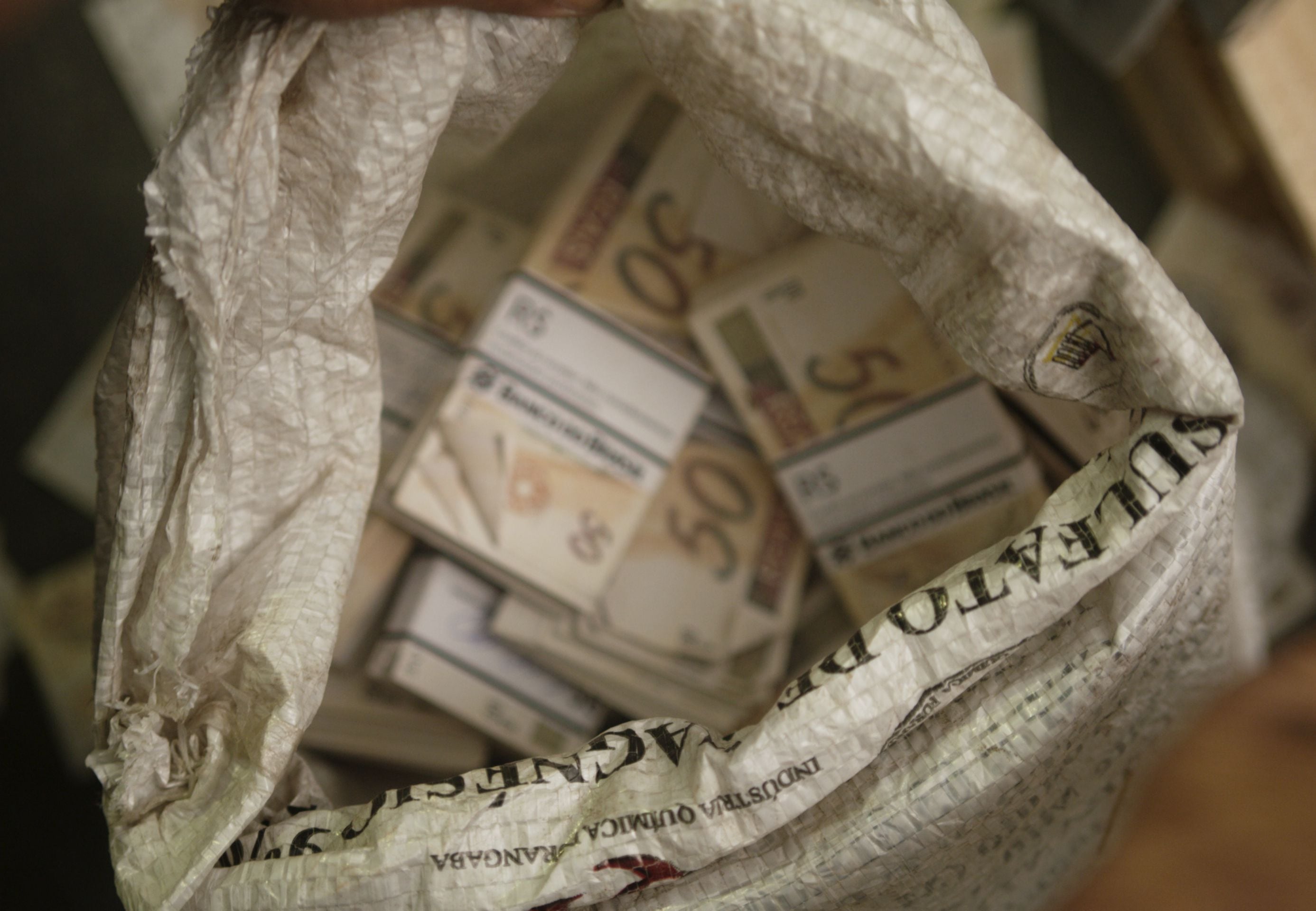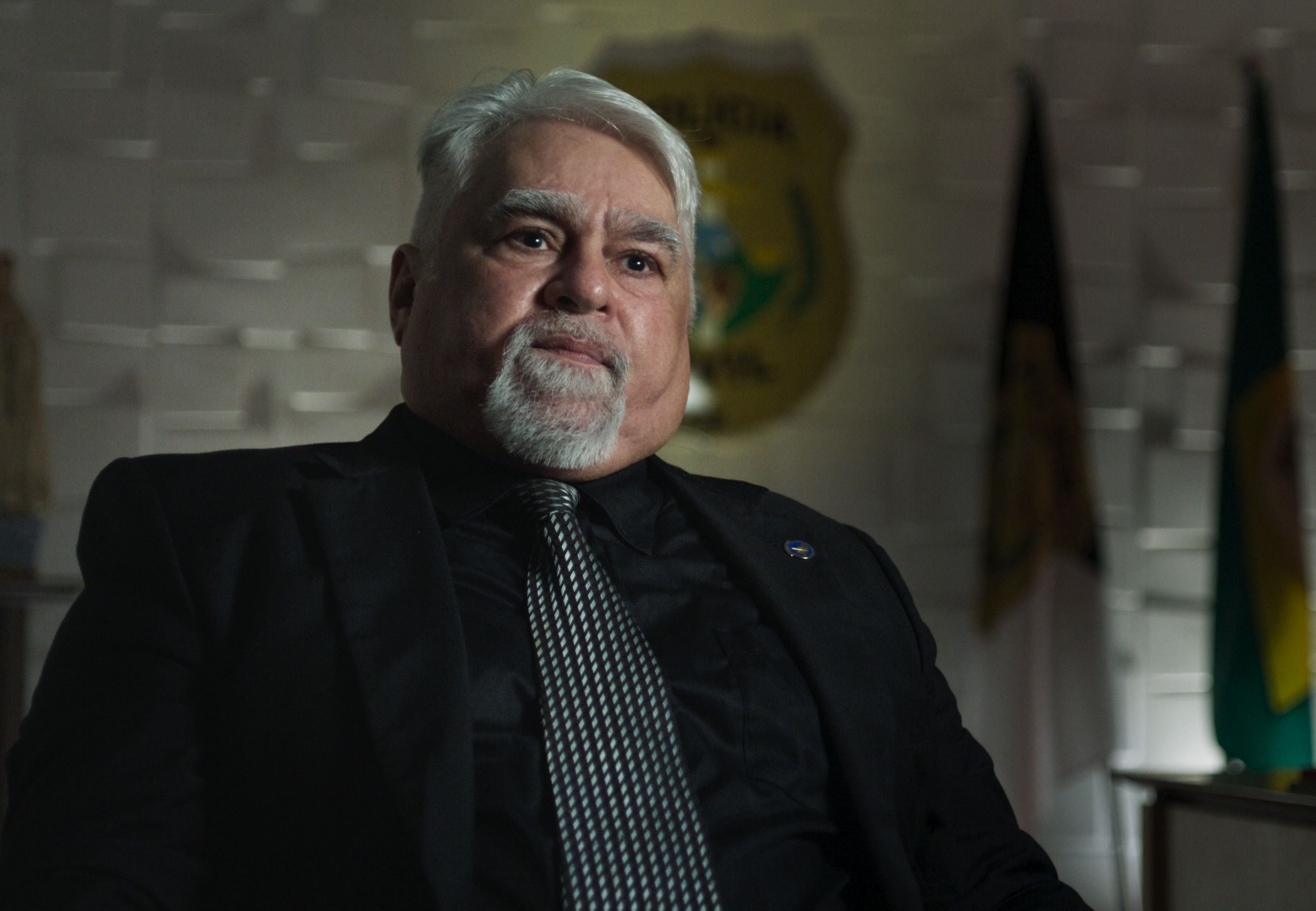
“It was something like something out of a movie. Only if it had been a film, we would have said that the plot was ridiculous,” says one of the interviewees, journalist Luiz Henrique Campos, in 3 tons: assault on the Central Bank of Brazil (The Great Robbery of Brazil's Central Bank), a documentary miniseries that Netflix premiered on Wednesday, March 16 and in four days entered its global Top 10 with almost 11 million hours watched (seventh place) and placed third in the Brazilian ranking.
It tells a story in the style of La casa de papel, but real: between the night of Friday the 5th and the afternoon of Sunday, August 7, 2005, an undetermined number of thieves — so far the suspects arrested, with varying fates, exceed 50 — drilled more than 1 meter of steel-reinforced concrete to enter the Central Bank's armored chamber located in Fortaleza, the capital of Ceará, in northeastern Brazil, and took more than 160 million reais (about $60 million) in R$50 banknotes.
Although there were still 95 years ahead, the press was quick to call it “the robbery of the century” because of its incredible characteristics. Starting with the volume of the loot: more than three tons of paper money.
To get to the vault, the robbers rented a house nearby, where a ghost company, Synthetic Grass, created for the purpose of laundering money in the following years, was set up, which allegedly sold natural and artificial grass, as well as plants and garden items. The neighbors were never suspicious when they saw how the company's workers, between six and 10 men, took out a van loaded with dirt every day: it seemed like part of the business. However, in reality it was the rubble of a 78-meter tunnel that, at a depth of four meters, with ventilation and telephones, led to the bank.

The banknotes from the robbery — of which only about R$20 million, the eighth part of which have been recovered to date — were carefully selected: used, about to be taken out of circulation, of R$50 per unit. The reason? Serial numbers were not already registered and, due to the low denomination, the pieces of paper were not insured.
The robbery was not discovered until Monday, 8, when the bank opened its doors and employees found a gap in its safe. No alarms sounded, no motion sensors were triggered, security cameras didn't work.
In the house, in addition to sophisticated computer, engineering and excavation equipment, white powder was found everywhere, something that made it difficult to collect fingerprints.

With no witnesses, no evidence, the assault on the Brazilian Central Bank in Fortaleza for five years confronted a group of organized robbers and a team of federal police officers, as well as inviting many opportunists — some in uniform — to kidnap and extortion of suspects, such as Luis Fernando Ribeiro, who was found dead. Among those arrested are Antônio Jussivan Alves dos Santos, who denied being the ringleader and did not cooperate with the prosecution, and Marcos Rogério Machado de Morais, the tunnel engineer, currently at large.
Throughout three chapters of approximately one hour each, $3 tonne presents unknown testimonies and data that at the time went unnoticed to create a strong narrative that incorporates real crimes into recent Brazilian fictional police officers that delighted the public such as Irmandade (Brotherhood) or Bom Dia, Veronica (Good Morning Veronica).

The first episode, “The Crime”, opens with a slow zoom: the camera enters the tunnel to tell about the robbery itself as discovered by the authorities, who are perplexed. The second, “The Search,” narrates the investigation that leads the detectives to Boa Viagem, in search of the suspects and, above all, the brains of the operation. The third, “Cursed Money”, explores the tragic consequences and twists of the episode that seemed like the perfect crime until the brand-new millionaires started spending the money.
Directed by Daniel Billio, also in charge of the screenplay, 3 tons: assalto ao Banco Central counts on Claudia Belfort as head of the investigation, Rodrigo Astiz as general director and Adriana Marques, Iris Sodré Mendes and Mauricio Hirata Filho as executive producers of Mixer Films.

In addition to journalists such as Campos or Marcelo Godoy and federal police officers such as José Ximenes de Albuquerque or Eneas Sobreira, the series features experts such as expert Murilo Tito and academic Junia Perla Diógenes de Aquino, from the Federal University of Ceará. But it also includes one of the suspects, his face and voice distorted to preserve anonymity. The ensemble reconstructs the end of the golden age of bank robbers, now surpassed by drug traffickers in the criminal hierarchy, and recalls why fictions such as La casa de papel continue to fascinate audiences.
KEEP READING:
Últimas Noticias
Debanhi Escobar: they secured the motel where she was found lifeless in a cistern

The oldest person in the world died at the age of 119

Macabre find in CDMX: they left a body bagged and tied in a taxi
The eagles of America will face Manchester City in a duel of legends. Here are the details

Why is it good to bring dogs out to know the world when they are puppies



